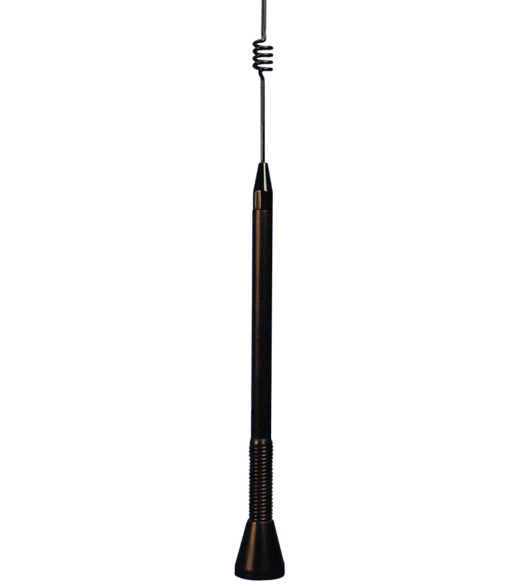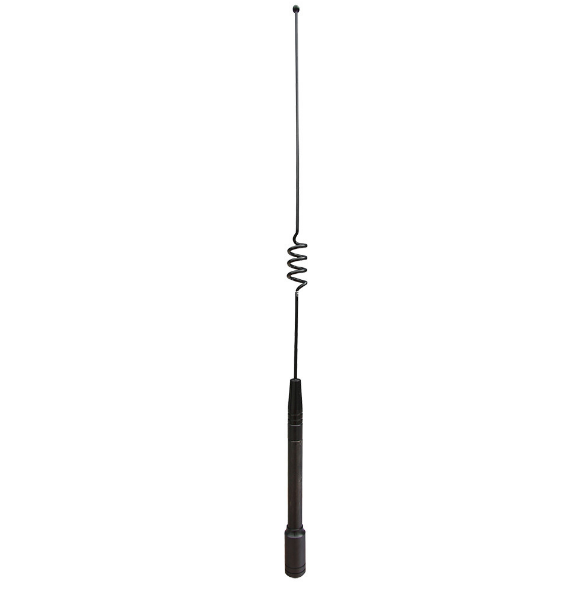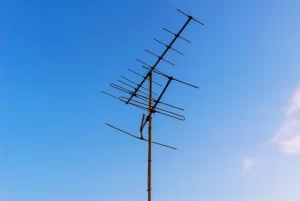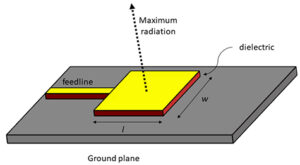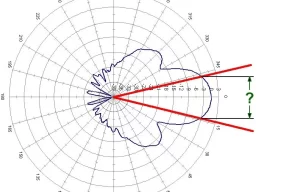Table of Contents
Definition of Elevated Feed Antenna
An elevated feed antenna is defined as an antenna where the feed point is located above the ground lever . In some case, it can be a copper element a bit higher above the ground, while a metal feeder can be connected to the feeder. This design is used for the purpose of improving the radiation pattern of antennas and the fourth element of the whole model. The radiation system is of vital importance for any type of communication. The present paper examines characteristics, technical parameters, facility and options device and the installation method for the equipment.
Frequency Range
The frequency range of the majority of elevated feed antennas depends on the features of the specific model. However, the maximum effect of operation is produced at a range from 1.8MHz to 30MHz. It indicates that the range is optimal for HF, high frequency . One of the reasons for such efficiency is the gain difference characteristic fro this type of antenna is ground feed design. The gain is around several dB higher, implying improved performance and radiation pattern.
The Impedance
The impedance of the elevated feed antenna slightly varies and can be estimated from about 50 Ohms to 75 Ohms. The range for the bandwidth these models are suitable for about a few hundred kilohertz, which is vital for the purpose of wide coverage and the range of their application.
Facility and Options
The antenna is usually made of aluminum, copper, or mixed of these two materials that are known for low resistance to climate conditions and – as a consequence – relatively prolong capacity. The second option is the device’s high above the ground position that makes it more efficient in comparison to other types of models. The height also influences the area the device can improve, and the higher the position, the more effective the model is.
Advantages of Elevated Feed Antennas
As it can be seen from the above information, feed antennas are characterized by the property of improving the performance at the expense of a higher position above the ground. It allows extending the range of clarity and less interference. The primary advantage of this type of antennas is the absence of exposure to environmental factors located near the ground, such as foliage, housing, etc., as well as the absence of ground interference.
In these terms, elevated feed antennas seem to have an advantage over other models and be more effective in specific areas or regions such as mountains, for example. Installation Guide The antenna wire should be appropriately attached to the pole – the altitude depends on the proportion of half a wave of the transmitting frequency. It is crucial to note that the tools for installation should perfectly conform to a model to ensure its safe installation. Regular maintenance increases the lifespan of the antenna. The most common problems include problems with feeder attachment, caused alternate waves, nodes, which constrains performance. Common reasons include vibration, wind, etc.
How Elevated Feed Antennas Work
Elevated feed antennas are designed to be operated by keeping the feed point of an antenna above the ground level. This arrangement changes the way the antenna interacts with its environment. Primarily, the configuration improves the antenna’s ability to effectively and efficiently radiate signal across a horizontal plane, which is an important characteristic for longer distances of communication without substantially increased power . The underlying principle of an elevated feed antenna is based on minimizing ground reflection losses. The operation principle ensures that the pattern of radiation of the antenna is more directive and a substantial proportion of the signal’s energy is arrested within the original take-off angles.
RADIATION PATTERN AND SIGNALS PROPAGATION
Elevated feed antennas have lower angles of radiation than their ‘non-elevated’ cousins . The underlying property of the arrangement results specifically from the elevated feed. While incoming such angles provide the signal with “more launch” before the radiation is affected by the ground , lower angles of radiation are often more beneficial for HF communications over longer distances. The reason for this likelihood is that the signal can skip off the ionosphere and – practically speaking – be ‘bounced’ beyond the horizon. Thus, the elevation provides an efficient ground wave that is devoid of the downside of the pollution related to the ground wave. Such signals can usually range between 15-25 degrees for any elevation depending on various operational considerations.
EFFICIENCY/Performance
The increased efficiency of elevated feed antennas ranges from 20-50 per cent; the variance is a function of the type of feed and the type of ground used . The practical implication of this characteristic is that performance levels commensurate with a specific level of expenditure, input power, or expectation of a specific transmission quality can be expected through the installation of these antennas at heights.
Signal Quality
Arguably the most prominent disadvantage of elevated feed antennas is the question of the quality of signal. In reality, however, signal quality remains a significant advantage due to the absence of obstruction and ground-level interference. Subsequently, the quality of the signal in elevated spread antennas is considerably higher than the traditional installation. Some of the potential applications areas where elevated feed antennas can be used are maritime communications, emergency services, and amateur radio.
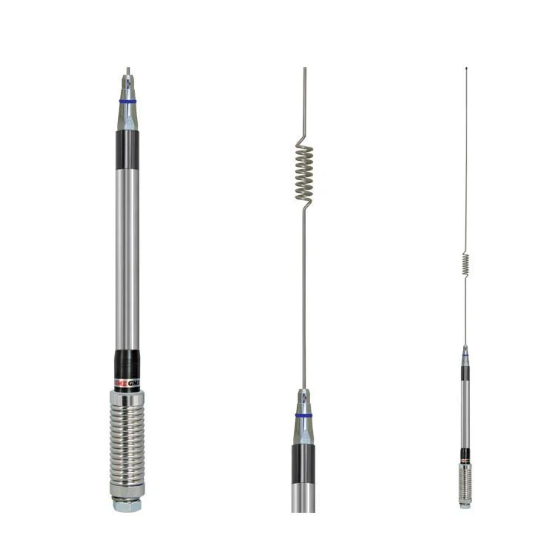
Technical Specifications of Elevated Feed Antennas
Elevated feed antennas are developed to improve the quality of communication with regards to both structure and its placement. These antennas have certain technical specifications which might not work with all types of application although they are ideal for the majority of them. This paper will explore these characteristics and their respective suitability with varied applications.
To begin with, the first characteristic of an elevated feed antenna to be discussed is the range of frequency. The majority of these antennas can work from 1.8 MHz to 30 MHz which includes almost all HF bands . The given characteristic is efficient for the applications which require the connection at the opposite points on the globe such as amateur radio.
Another important characteristic is the gain . It is the parameter that identifies the efficiency of the antenna converting the input power into the radio wave travelling to one specific point. The majority of elevated feed antennas have a gain of 3 dB to 9 dB. This parameter has a significant effect on how far antennas can transmit signals.
The next critical parameter is the impedance. The majority of elevated feed antennas have an impedance of 50 to 75 ohms which is suitable to feed the signal into various transmission lines with minimal power loss.
The bandwidth of these antennas is another critical parameter. The majority of elevated radials’ feeds have a bandwidth of 1 MHz or a few hundred kHz which allows for a relatively broad range of communication frequency without constant antenna tuning .
The selection of material plays just the same important role in construction with materials such as aluminum or copper used due to their excellent electricity conductivity and corrosion resistance. If of high-quality, the antenna can withstand even the most extreme weather. However, height has the highest effect on performance, with the best height being a quarter or a half of a wavelength of the frequency used. The use of elevated feed antennas is also associated with reduced power requirements. For example, one might halve the power to 50 to achieve the same level of communication quality as the 100 used with grounded antennas. Finally, these antennas can travel much farther and offer better quality of signal than the majority of other types of antennas next to a normal antenna.
Advantages of Using Elevated Feed Antennas
Elevated feed antennas have several advantages over traditional antennas, such as greater efficiency, range, and better signal clarity. These qualities are due to the design of elevated feed antennas in which the feed point is raised above the ground, leading to less loss and overall improvement of the antenna’s performance. One of the benefits facilitated by this design is increased signal reception. The signal is divided between the various options for signal absorption in the surroundings of the antenna, which may not be as relevant for antennas located at the ground levelowever, this feature may end up being particularly relevant in the case of antennas located at the actual level of the ground, due to potential blockages of signals this contact, such as trees, buildings, or other obstacles . The end result will be between 20-50% improvement of signal quality for users. Moreover, with lower cross-sections of signal and overall reduced exposure to the ground, the elevated feed antennas experience substantially reduced levels of ground interference. It leads to better clarity of the signal at the receiving end, including less noise in the signal being received.
Elevated feed antennas have improved efficiency and use less power to achieve the same results. Elevated feed signal antennas have optimized radiation patterns, which leads to lower power requirements, especially over long distances. Users of traditional antennas might have the need to utilize 100 watts of power to achieve the desired range of communication. However, if they were to use elevated feed radar or such signal antennas, they would need to use only about 75 watts to achieve a similar effect . The most relevant consequence of this is the reduced operational costs. However, the use of less power will also lead to longer-lasting equipment, reducing the need for repair and maintenance. Moreover, elevated feed antennas expand the range of possible users due to their efficiency. Users of these antennas include amateur radios, emergency telecommunications organizations, and other beneficiaries who require long-distance signal transmission. Due to the materials used in the creation of elevated feed signal antennas, such as aluminum and copper, they experience less deterioration and corrosion than other types of antennas. They are thus able to function without breakdowns for a much longer time, and can thus be viewed as a valuable long-terminvestment. Despite the initial cost of setting up the elevated feed antennas, these come with many long-term advantages and prove to be a cost-effective, valuable solution for anyone in need of reliable long-distance communication.

